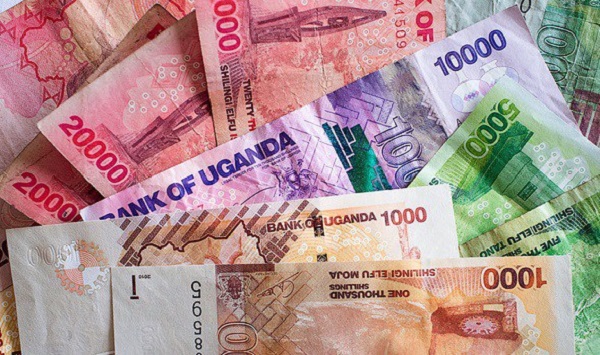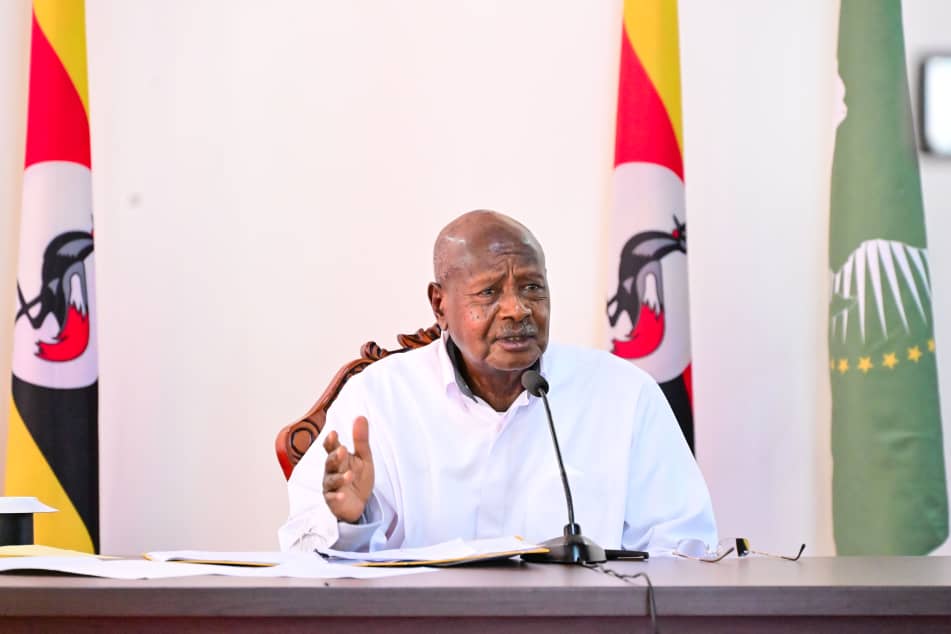Why Ugandans should mind the Moody's ratings

Government of Uganda's long-term foreign-currency and local-currency issuer ratings to B3 from B2 and changed the outlook to stable from negative.
Ugandans woke up to shocking news of the Moody’s ratings and its projected implications .
Keep Reading
In a publication seen by our reporter, the ratings agency said that the downgrade of the ratings reflects diminished debt affordability and increasingly constrained financing options, amid greater reliance than in the past on comparatively costly domestic and non-concessional sources of external financing.
External vulnerability risk also remains elevated, a reflection of a more challenging external debt servicing profile, the persistence of tighter global financial conditions, and diminished foreign exchange reserve adequacy.
The stable outlook reflects Moody's assessment that at the B3 rating level Uganda's credit challenges and strengths are incorporated.
Downside risks relate to the debt affordability and external vulnerability challenges mentioned above.
According to Robert Ssuuna ,the ratings alone scare away investors since the country’s debt distress levels have increased
“These ratings carry to light many concerns forexample an investor would not invest in a country whose debt sustainability is in worrying levels."
The ratings gradual improvements in revenue mobilisation capacity would, if further sustained, support fiscal consolidation efforts and could eventually provide relief to the debt affordability challenges faced by the government, but face execution risks.
Concurrently, Uganda's local and foreign currency country ceilings have been lowered to Ba3 and B1 from Ba2 and Ba3, respectively.
The local currency country ceiling is three notches above the sovereign rating to take into account the low footprint of the government in the economy, notwithstanding relatively high external imbalances and exposure to domestic and geopolitical risk.
The foreign currency ceiling maintains a one-notch gap to the local currency ceiling to reflect Moody's assessment of limited transfer and convertibility risks in view of Uganda's open capital account and a moderate level of external debt, notwithstanding constraints to policy
The structure of Uganda's debt has gradually but markedly become less favourable over the past few years.
Higher reliance on domestic and non-concessional sources of external financing has contributed to an increase in the government's borrowing costs.
Although Uganda's debt burden (47.1% of GDP in fiscal 2023, the fiscal year ending on 30 June 2023) is below the median of B-rated peers (53.1% of GDP), the weighted average interest rate for Uganda's total debt stood at 7.3% as of December 2023, having risen from 6.4% in June 2022 and 5.6% in June 2019.
Comparatively expensive domestic borrowing has been key in financing a wider fiscal deficit since the COVID-19 pandemic.
Net domestic financing amounted to 3.6% of GDP annually between fiscal 2020 and fiscal 2023 on average, compared to 1.4% of GDP over the preceding four fiscal years.
Domestic debt makes up 41% of public debt as of fiscal 2023 but 80% of interest payments.
The share of public external debt on non-concessional and commercial terms has also increased, representing 26.7% of the external debt stock in December 2023.
Debt affordability has consequently weakened, with a widening gap between Uganda and rating peers that Moody's expects will persist.
Interest payments consumed 22.2% of government revenue in fiscal 2023, up from 14.2% in fiscal 2019. By contrast, the median for B-rated peers has risen more slowly from 8.4% to 10.6% over the same period.
Moody's expects the ratio for Uganda to remain at similar levels of above 20% through at least fiscal 2025, limiting fiscal space to respond to future shocks.
Efforts to contain borrowing costs have been complicated by a tighter global financing environment and the recurrent use of supplementary budgets, driving increased domestic issuances.
For example, the adoption of a supplementary budget in December 2023 raised the target for domestic borrowing in fiscal 2024 by up to shs3.5 trillion (1.7% of GDP).
Beyond the increasing cost of debt, the higher reliance in recent years on net domestic financing and ad-hoc funding methods – such as advances from the Bank of Uganda (BoU) to the government to cover temporary deficiencies of recurrent revenue – points to increasingly constrained access to funding.
Notwithstanding the signature of a service-level agreement between the BoU and the Ministry of Finance in 2022 to govern central bank financing of the government, difficulties in securing timely financing have caused recurrent delays in the repayment of the stock of outstanding BoU advances.
The latter stood at 3.1% of GDP in fiscal 2023 and are not included in the debt ratio reported by the government.
The suspension of new World Bank project approvals, which remains ongoing since August 2023 in response to Uganda's enactment of the Anti-Homosexuality Act (AHA), risks adding to the government's growing dependence on non-concessional financing if further sustained.
While the government could seek to reduce the number of projects it implements in the medium term if the suspension persists, or seek alternative concessional partners, a continuation of the freeze would nevertheless imply a reduced range of financing options:
The World Bank is one of Uganda's largest creditors, accounting for around a fifth of Uganda's public debt. In turn, more restricted financing options risks contributing to keeping the cost of debt high.
External vulnerability risk remains higher than in the past, a reflection of a more challenging external debt servicing profile, the persistence of tighter global financial conditions, and diminished foreign exchange reserve adequacy.
More costly government debt service and lower new external financing inflows have complicated the BoU's efforts to rebuild its foreign exchange reserve buffer.
Foreign exchange reserves stood at a three-year low of $3.5 billion in March 2024, equivalent to around 3.3 months of import cover excluding oil sector development-related imports.
Although Moody's expects reserve coverage to stabilise at these levels and Uganda's exchange rate flexibility acts as a mitigant, a sustained shortfall in official financing could weaken the country's external position and further reduce reserve adequacy.
Uganda will continue to face a more challenging external debt servicing profile over the next few years, as principal repayments on external borrowings rise and repayments to the IMF begin from 2025 onward.
Moody's projects external principal payments to average 1.5% of GDP between fiscal 2024 and fiscal 2026, up from an annual average of 0.8% of GDP between fiscal 2020 and fiscal 2023.
This is reflected in Moody's external vulnerability indicator (the ratio of external debt payments and non-resident deposits to foreign exchange reserves), which is projected to remain at around 88% by the end of 2025, somewhat higher than the B-rated median of 64%, and up from 42% in 2019.














